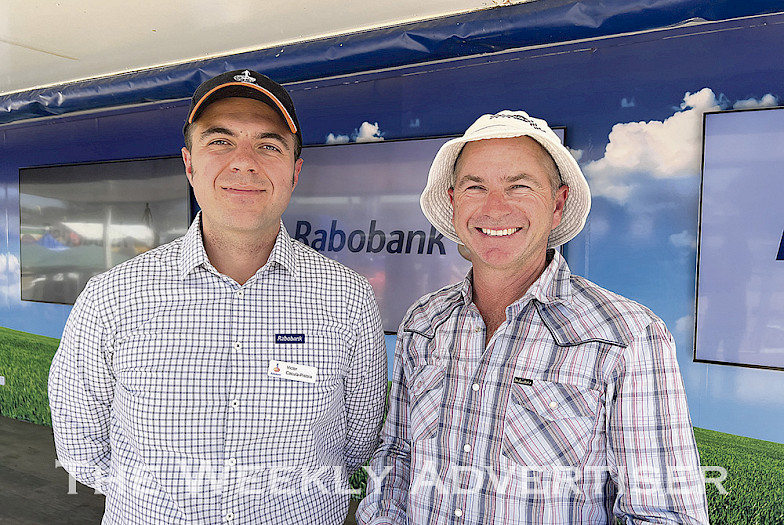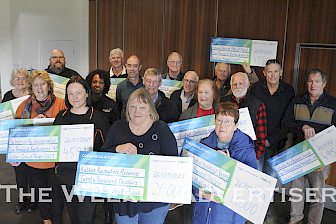• A newly-released Rabobank research report revealed Australia’s grain growers are looking at improved prospects in the season ahead, with 2024-25 gross margins set to increase on the back of lower cost of production.
The agribusiness bank says with the cost of fertiliser and agrochemicals potentially down as much as 20 per cent, while grain prices are forecast to ease just six per cent on average, the upcoming Australian winter crop is shaping up to have a much better outlook than the previous season.
The report, Australia’s winter crop gross margins, forecasts 2024-25 average gross margins for wheat, barley and canola will still lag on seven-year averages.
The report forecasts average Australian wheat gross margins to come in about 34 per cent, barley at 33 per cent and canola at 26 per cent.
The margins compare with averages for the period of 43 per cent, 41 per cent and 45 per cent respectively, according to the bank’s modelling.
Report author, RaboResearch grain and oilseeds analyst Vitor Pistoia said gross margins could also be understood as a business’s capacity to generate cash.
He said, in that sense, 2024-25 should see a rebuild close to historical levels as the previous season was impacted by substantial grain and oilseed price reductions and relatively elevated farm input prices.
“The seeding period for the 2024-25 season is about to start and growers are making the final decisions on what to plant and how to optimise crop rotation,” he said.
“The commodity price forecast as well as the expected cost of farm inputs are considerably different from the previous seasons, which has altered the profitability scenario for the upcoming winter cropping season.”
Mr Pistoia said the improved outlook remained weather dependent.
Wheat ‘breadwinner’
The report says wheat is set to be Australia’s ‘breadwinner’ for the season with a projected gross margin of $281 a hectare compared with an average of $158 a hectare last season.
It also shows prices were set to be compensated by a predicted larger reduction in the variable costs of fertiliser and agrochemicals.
“The $281 a hectare gross margin forecast situates wheat as potentially the most profitable of the three major crops for 2024, together with barley,” Mr Pistoia said.
“Also, due to the lowest variable cost, wheat might expand its area over other crops, especially canola.”
Rabobank predicts about 12 million hectares of wheat will be planted.
Mr Pistoia said wheat was the only crop to have achieved above-average gross margins in four of the past seven seasons.
“In the 2023-24 season, wheat was cropped on 12.5 million hectares or 55 per cent of the winter crop area,” he said.
“Its total revenue was only exceeded by beef, and Australia is the fifth largest exporter of wheat globally.”
The bank estimates malting barley margins to come in at about $282 a hectare up from an average of $225 a hectare in 2023-24.
“In combination with the benefits of barley at paddock level, such as weed control and optimising fieldwork schedules, this sees barley as a strong and reliable crop choice for Australian farmers,” Mr Pistoia said.
Rabobank expects the 2024-25 Australian planted barley area to remain greater than four million hectares.
Mr Pistoia said China’s import tariff on barley scrapped in August impacted grower margins substantially.
“Australian farmers’ response came in the form of area reduction – in this period, area planted to barley was reduced by roughly 1.3 million hectares or a 25 percent reduction,” he said.
The bank forecasts average Australian gross margins for canola about $251 a hectare in 2024-25 up from last season’s average $158 a hectare gross margin.
Mr Pistoia said an area of about three million hectares was expected for the 2024-25 season.
The entire March 27, 2024 edition of The Weekly Advertiser is available online. READ IT HERE!
The entire March 27, 2024 edition of AgLife is available online. READ IT HERE!






